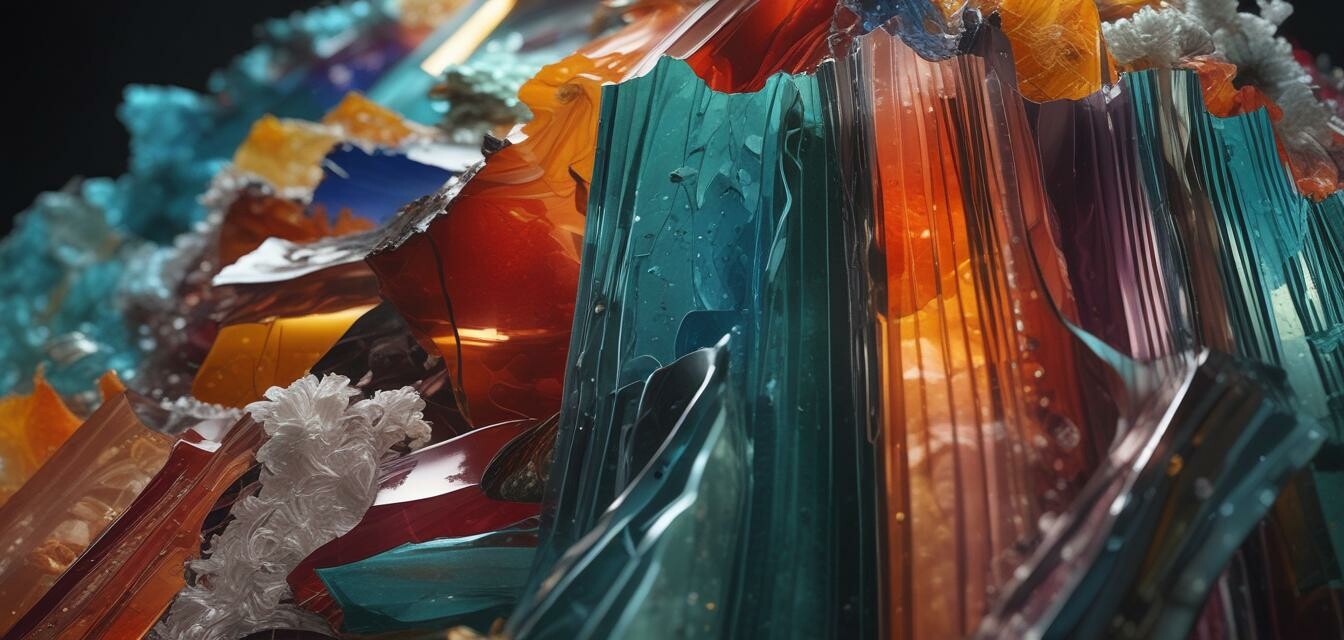
How to Layer Glass Sheets for Stunning Effects
Key Takeaways
- Layering glass sheets creates depth and dimension in glass art.
- Color blending techniques can enhance visual appeal.
- Understanding glass compatibility is crucial for successful fusing.
- Tools and safety equipment should not be overlooked.
- Experimentation is key to discovering unique effects.
Layering glass sheets can transform your glass art into stunning pieces that captivate and inspire. By understanding the techniques involved in layering, color blending, and safety considerations, you will be well on your way to creating impressive art. In this guide, we will explore how to layer glass sheets effectively and discuss tips to enhance your creations.
Understanding the Basics of Layering Glass Sheets
Layering of glass sheets involves stacking different colors and textures of glass to create visual effects. Here’s a basic outline of steps involved:
- Select your glass sheets: Consider colors and textures.
- Cut the glass sheets to your desired sizes.
- Plan the design: Visualize how you want the colors to interact.
- Prepare for fusing: Ensure you have the right supplies.
Types of Glass Sheets
When choosing glass sheets, you have various options available. Here’s a brief overview:
| Type of Glass Sheet | Description | Common Uses |
|---|---|---|
| Clear Glass | Transparent and allows light to pass through. | Base layers, creating depth. |
| Colored Glass | Glass infused with color, adds vibrancy. | Artistic expression in designs. |
| Textured Glass | Provides a tactile surface and diffuses light. | Incorporating movement into pieces. |
Techniques for Color Blending
Color blending is essential for achieving stunning layered effects. Here’s how you can do it:
- Overlaying: Place transparent sheets over colored sheets to create new shades.
- Feathering: Use a tool to blend edges where different colors meet.
- Gradients: Experiment with varying thicknesses of colored glass to create smooth transitions between colors.
Glass Compatibility
It's vital to select glass sheets that are compatible during the fusing process. Using incompatible glass can lead to cracking or misalignment. Here are some tips:
- Check COE (Coefficient of Expansion): Choose glass sheets with the same COE.
- Conduct test fusions: Experiment with small pieces before committing to larger projects.
- Research manufacturer specifications: Understand the properties of your chosen glass.
Essential Tools and Safety Equipment
Before you begin layering glass sheets, ensure you have the right tools and safety measures in place:
Beginner Tips
- Always wear safety glasses when cutting glass.
- Use a glass cutter and include a cutting mat for smooth cuts.
- Invest in a proper kiln for fusing glass.
- Practice on scrap pieces before starting your main project.
Experimentation and Creativity
The beauty of glass art lies in experimentation. Here are a few ideas to inspire creativity:
- Combine different thicknesses of glass for varied effects.
- Incorporate frit or glass powder for added texture.
- Explore layering techniques like slumping and casting.
Final Thoughts
Layering glass sheets opens a world of creative possibilities. Whether you are a beginner or an experienced artist, these techniques will help you produce stunning glass art pieces. Don’t be afraid to experiment, and remember that the journey is just as important as the final product.
Pros
- Creates visually rich and textured designs.
- Enhances depth and complexity in projects.
- Allows for customization and personalization of art.
Cons
- Requires knowledge of glass compatibility.
- Potential for misalignment during fusing.
- Can be time-consuming to refine techniques.
Explore More
If you're looking for more insights on glass making, check out our categories:

